The Parallel Lives of Two Genius Pickup Makers
Posted by Tauna Tuokkola on 4th Aug 2023
Makers's Marks: the parallel lives of two genius pickup makers - half a century apart
Matt Blades
July 04, 2023
In the final part of our series exploring the archives of Filter’Tron inventor Ray Butts, we explore the remarkable similarity between Butts and his spiritual successor – modern pickup genius TV Jones.
Over the course of our Maker’s Marks series, we’ve been delving into the untold history of Ray Butts, the maverick genius who invented the Filter’Tron pickup, and what a journey it has been.
With modern pickup guru being given access to Butts’ personal papers and archive, we’ve been able to uncover some remarkable new information that might change the history of guitar as we know it – not least that contemporaneous correspondence between Butts and Ted McCarty seems to indicate that Butts certainly believed he invented the humbucking pickup before Gibson and Seth Lover did.
But all good stories must come to an end, and it’s fitting that we end this series by focusing on the person who has made it all possible – Thomas V Jones. Jones is of course regarded as the modern king of the Filter’Tron pickup, but what’s become clear in recent years as Jones has become connected with Butts’ family and had access to his archive, is the remarkable parallels between their respective lives.
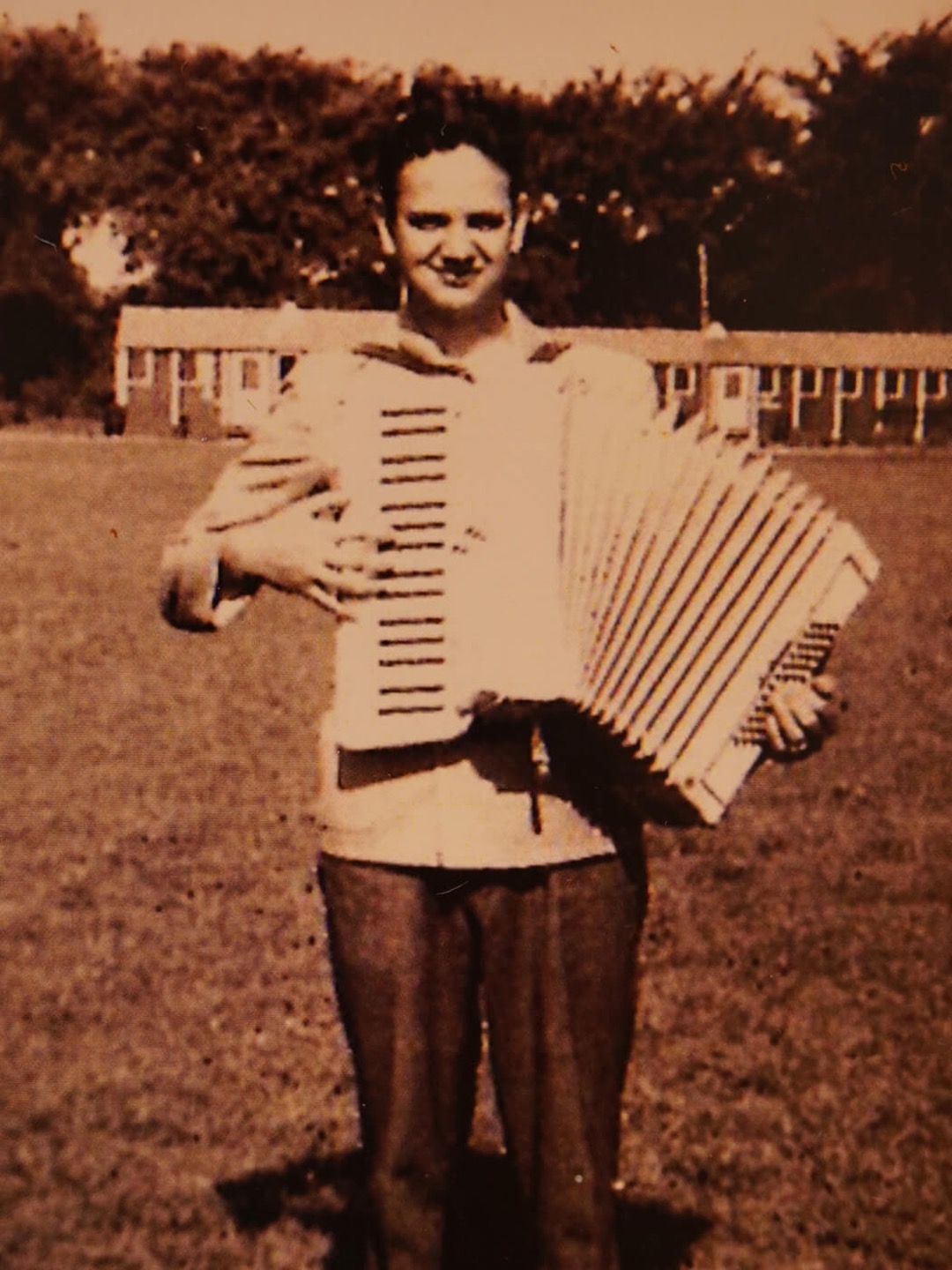
Parallel Lines
Both men had started out being musicians first and foremost, and soon began innovating with the gear available for local players. Then, their work got the attention and admiration of the biggest Gretsch players of the day – for Ray it was Chet Atkins, for Tom it was Brian Setzer.
The story goes that Setzer needed someone to do the “laundry list” of tweaks and repairs required to make a new ’59 Gretsch playable to the standard the rockabilly king required, and his tech Rich Modica reached out to a guy he’d heard could do the job – TV Jones.
“‘The mad scientist’ is what I call him, because that’s what he is,” says Setzer. “When I met him, he was already experimenting, analysing metals for pickups and doing stuff mere mortals don’t understand. He got those guitars perfect.”
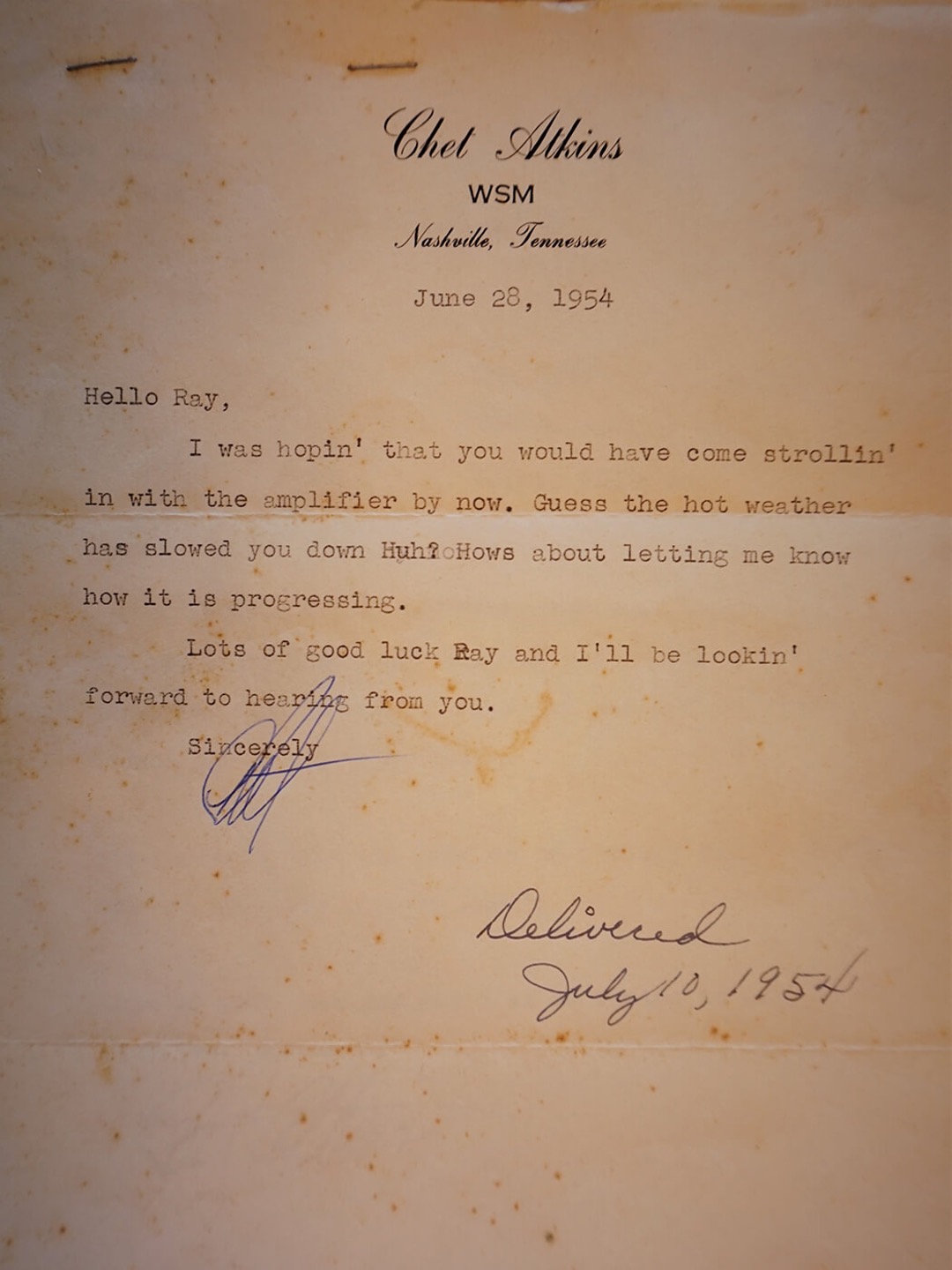
Butts, on the other hand, was rightly feted for his development of the Filter’Tron for Chet Atkins, but in truth he was a general trouble-shooter for the country star, solving any and all issues that Atkins had with his guitars. “Chet would get a new guitar and he’d bring it over, and he’d say, ‘It doesn’t do this and that, can you fix it?’ Ray’s daughter, Katha House, remembers.
Both Butts and Jones would go on to attract the attention of the Gretsch company through these artist associations – it wasn’t long before both men, decades apart, would play a significant role in the company’s development process.
In one great example from the Ray Butts archive, Gretsch wrote to Ray explaining that they needed his help on getting their new stereo pickups working, as something wasn’t quite right with their attempts (stereo pickups were a big deal briefly in the late 50s).
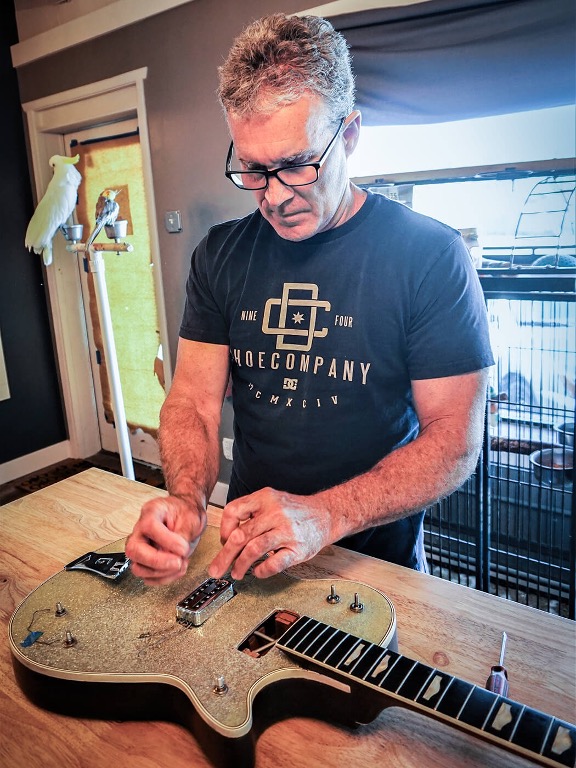
Butts was happy to help, and the archive contains a good number of stereo pickup models that differ from the known Gretsch examples. As the correspondences show, Ray’s work enabled Gretsch to fully capitalise on the stereophonic idea, and they similarly turned to his expertise in a range of other areas.
Jones’ impact on the modern Gretsch company might have been even more profound, quickly establishing a reputation as a go-to guy for artist issues with Gretsch guitars, and that knowledge and innovation eventually filtering into the whole product range.
“Without Tom we would still be fiddling with these old guitars, trying to get it right,” Setzer explains. “Tom reinvented that whole thing and got them better than when they first left the factory. Now, you can pick up a Gretsch at Guitar Center and it’s perfect. That’s Tom. He got them perfect.”
One Mind
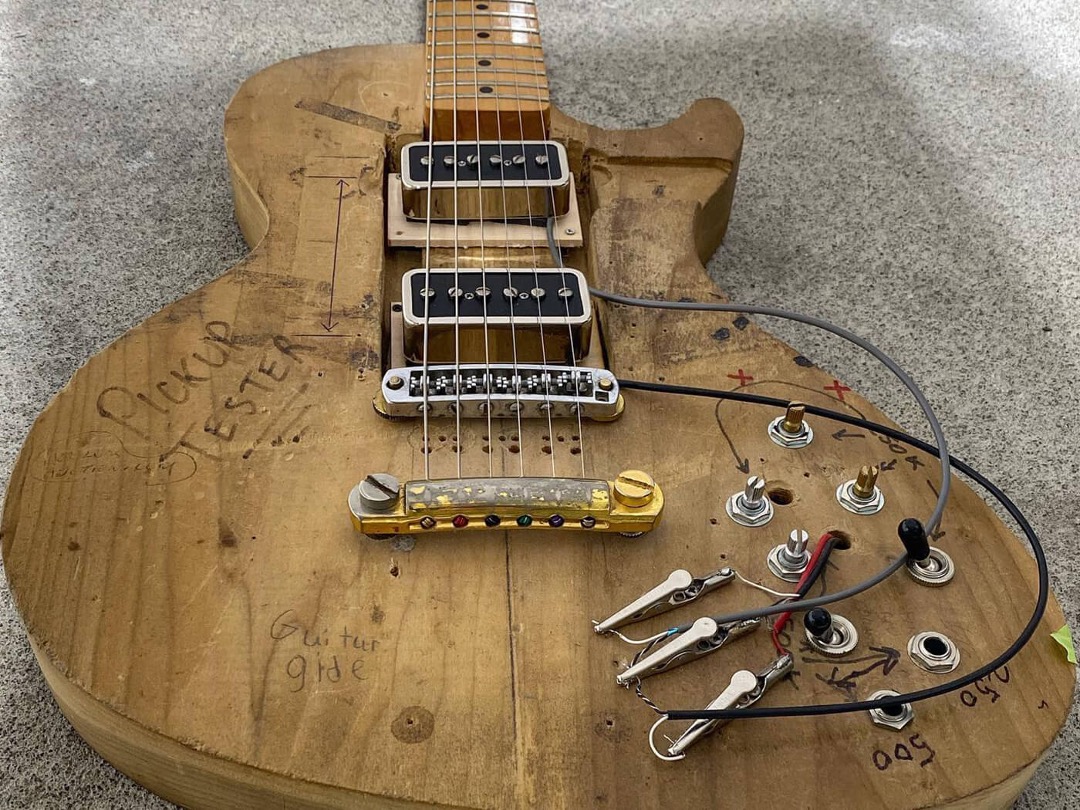
In truth, however, the connection between the two innovators runs deeper than even Jones realised – gaining access to the Butts archive has revealed that in some cases, some of the ideas and concepts that he came up with in the 90s were identical to ideas that Ray had come up with in the 50s.
“I feel like we’re on the same wavelength,” says Tom, comparing some of his own pickups to unreleased prototypes made by Ray. “It’s like how he might have felt with Seth Lover: oh, we’re thinking the same thing. How cool is that?”
The notes and early models documenting Ray’s creation of the Filter’Tron are equally striking. “I think the thing that sticks in the back of my mind the most is seeing the prototypes that he built by hand,” says Tom. “How he made bobbins from scratch and experimented with wider pole spacing but never went that direction – he stayed with narrow spacing. And the similarities to what I was doing with taller bobbins to get more magnet wire filled on them, and with wider spacing – I just thought, wow, I really feel that I’m connected to him in a certain way.”
Beyond the trajectory and impact of their work, they also share something in their philosophy. In part, his daughter Katha wanted Tom to develop the Ful-Fidelity Filter’Tron and allow him access to the archive because of this. Like her father, Tom’s focus was on honesty and quality, not mass-manufacturing in the interest of profit. This, combined with his deep understanding and genuine appreciation of Ray’s work, was key. To Fred Gretsch, the link is clear: “The point here is that Tom is after the spirit of Ray Butts.”
The Spirit of Innovation
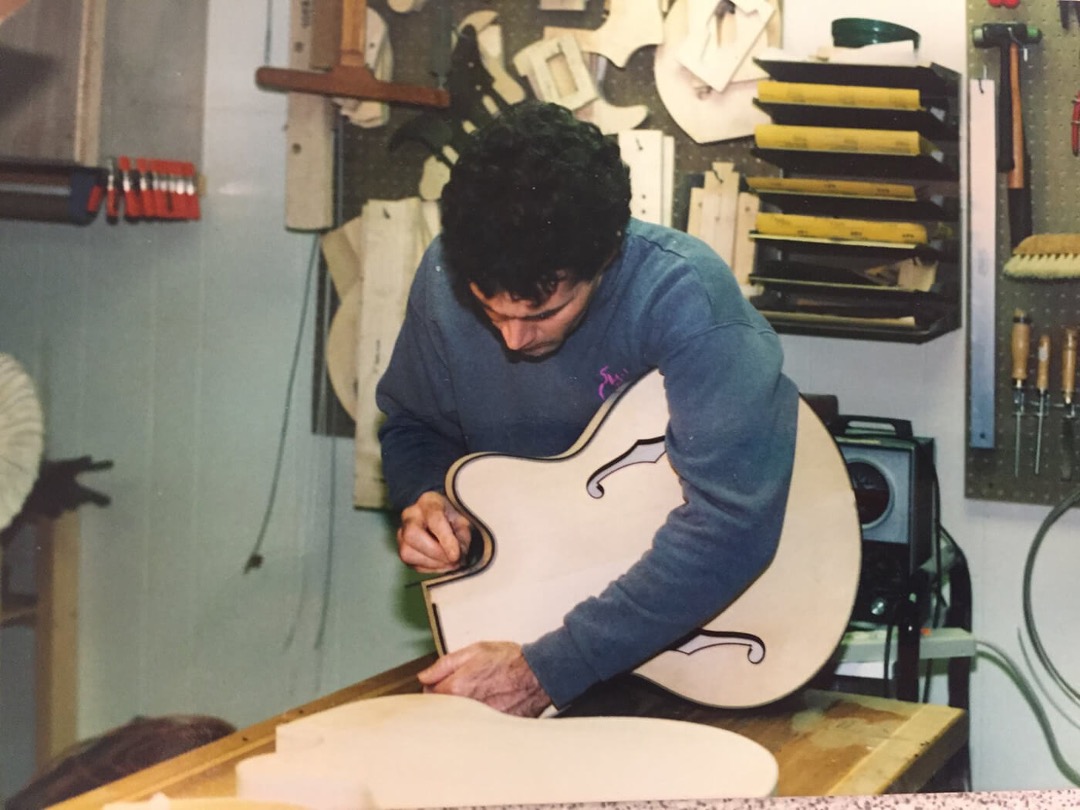
But the differences between the two are equally fascinating. Becoming more acquainted with Ray’s work than perhaps anyone alive, Tom’s got a strong sense of this. “His approach was more scientific, mine’s more from a musician’s standpoint,” he suggests. “Mine is more touch and feel and tone, and I guess his is more practicality and physics knowledge. That’s a good way to put it: I’m more of a musician perhaps.”
But even in their differences there’s a similarity and a sense of kindred spirits that binds the two together – it’s about seeing that musicians of the day need something new and meeting that need. As Fred Gretsch remarks, simply working at different points in time necessitates the key difference: “Ray was creating from whole cloth where nothing existed before. He simply had an objective and worked towards the objective.” For Tom, on the other hand, the objective has been “to perfect – that would perhaps be the parallel.”
The Filter’Tron was, in the eyes of devotees like Setzer, “the perfect pickup” that sat wonderfully between a single-coil and a PAF-style bucker, but replicating the magic of those early Butts units was always extremely hard… until Jones came along.
“Back in the day you had to really search for them,” remembers Setzer, “but Tom standardised them, and now you can get them. Tom improved the string spacing and analysed the magnets and the metals. He improved them.”
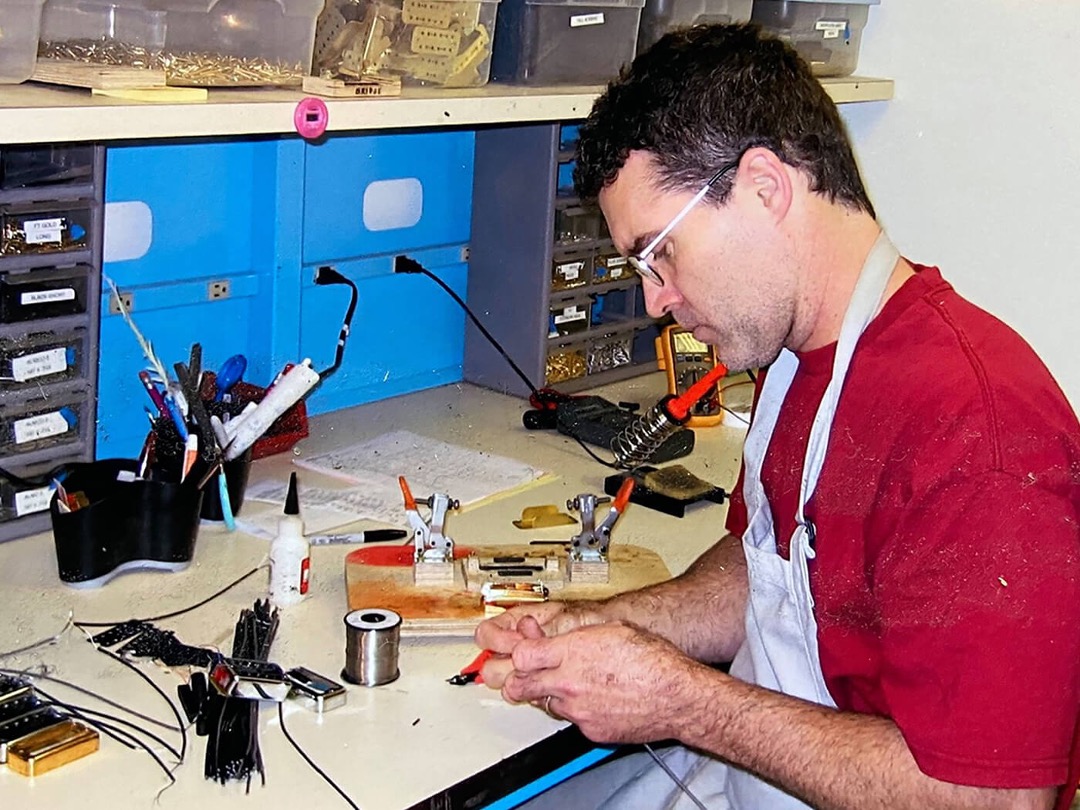
Indeed, if it were simply about recreating vintage coils, he probably wouldn’t have devoted so much of his life to Filter’Trons.
“I like to go back in time and then look at all the different ways or paths that people could have gone – at a split in the road, let’s say. And some haven’t been taken, so that’s what’s exciting: what’s been missed. I like to go with the old design of basically an Alnico magnet and magnet wire – there are so many things that haven’t been done yet.” The archive provides plenty of these paths not taken, and Tom says he finds new inspiration there, “especially by looking at Ray’s notes and thinking: ‘holy cow, what if I try this?’”
This approach has been key in developing the TV Jones pickups. Fred Gretsch gave Tom one of the ’59 patent-applied-for Filter’Trons, and he set about analysing every detail of it to truly capture that magic. “I took the magnet and screws to a metallurgist to get them analysed, and I analysed the magnet wire – just went nuts,” he recalls. “Then I thought about modern players and how it’s important to make sure these are gonna work for them as well. So that involved wax saturation and wider pole spacing at the bridge. I just made a few improvements, just so they would work well with modern players. I felt that was important with the Filter’Tron when I reissued it: to make it good for everybody. Clean and quiet all the way to metal.”
The Tinkerers & The Future
Given their shared interests and parallel lives, it seems remarkable that Ray and Tom never knew each other, and in fact never met in person. Indeed, despite revering his work, it wasn’t until the chance set of circumstances that connected him with Ray’s family that the two spoke – a single phone conversation before Butts’ death in 2003.
“I really thought that was a major accomplishment,” Tom reflects on finally connecting with the man whose work inspired him so much. “To get a hold of him and talk with him and that he actually took the time to talk with me.”
For all the possible links between the two down the line, that was it. But in some ways it’s fitting – one of the things these two innovators shared is that there didn’t needto be a connection. Ray saw that a new technology was needed, so he invented it. Tom sees new potential in the existing gear, so he unlocks it. Neither man got into this looking to please a mentor or guide a mentee – they were focused on creating gear that musicians needed and would love, and made it happen.
In this way, looking at the work of Ray Butts and TV Jones together does more than tell important stories about music history. It shows how impactful the work of such inventors and tinkerers is in shaping the sound of music to come.
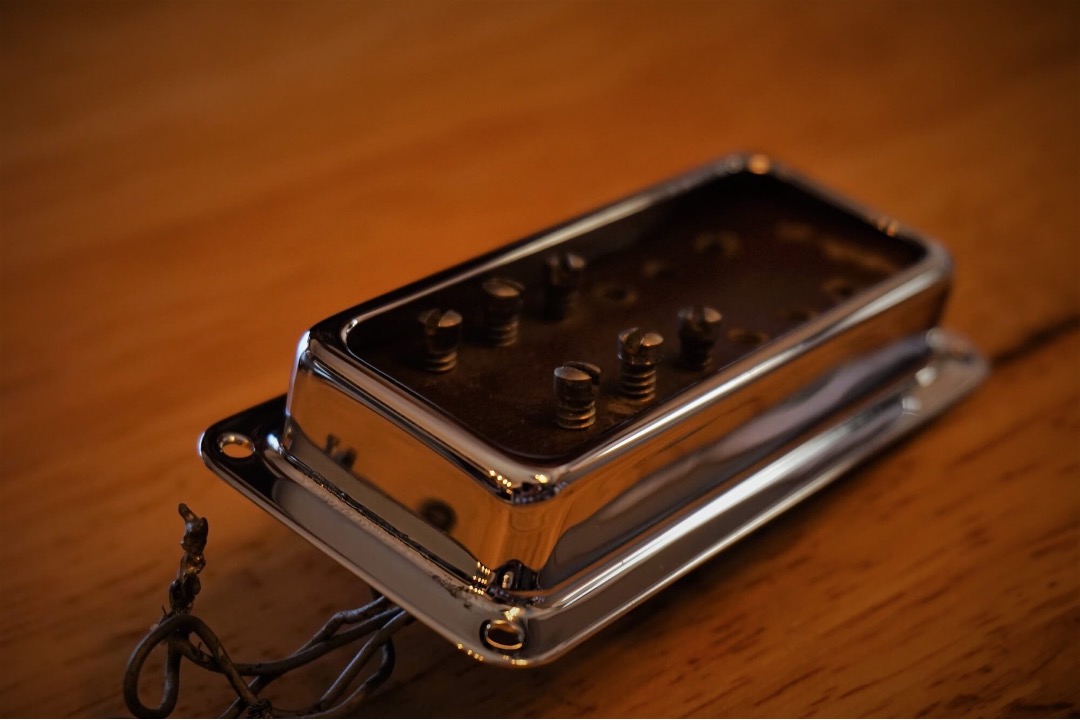
Several of the newly discovered prototype pickups in Ray’s archive are remarkably similar to designs Jones came up with independently decades later, like this Power’Tron-style DeArmond
New technologies bring new possibilities of course, but there’s another side to innovation – taking older technologies and discovering new and interesting ways to implement them for a new generation.
The way that so much of the mythology of guitar music is wrapped up in sounds made using technology developed nearly a century ago means that this field of innovation is never more valid than in the guitar world. Even much of the cutting-edge new technology is being used to create the sound of something old, or as Brian Setzer puts it:
“No matter how cutting edge you are, you still want that character and warmth. We did it in Stray Cats, blending the old with the advanced – I think that will always be the way for musicians.”
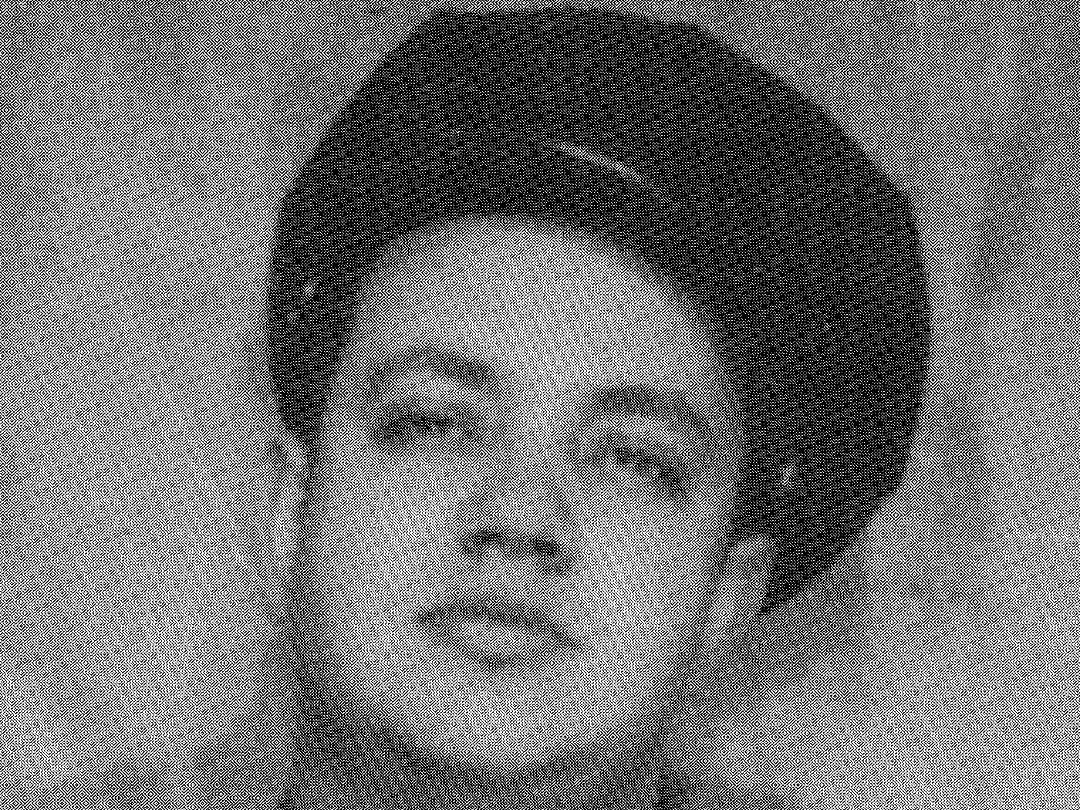
Tom’s approach, and those of others like him, will continue to shape the sounds and music of tomorrow, just as Ray Butts, Seth Lover, Paul Bigsby and others helped make the 50s and 60s sound the way they did. Some will become household names as a result, others – like Ray and Tom, don’t seem much interested in that.
All that matters is reaching for that next interesting innovation that will spark something in musicians will find inspirational. It’s a torch that Tom will continue to carry on behalf of Ray and the maverick innovators like him, and there’s plenty more to come. As Brian Setzer puts it: “Tom’s always got some magic in a test tube somewhere!”
